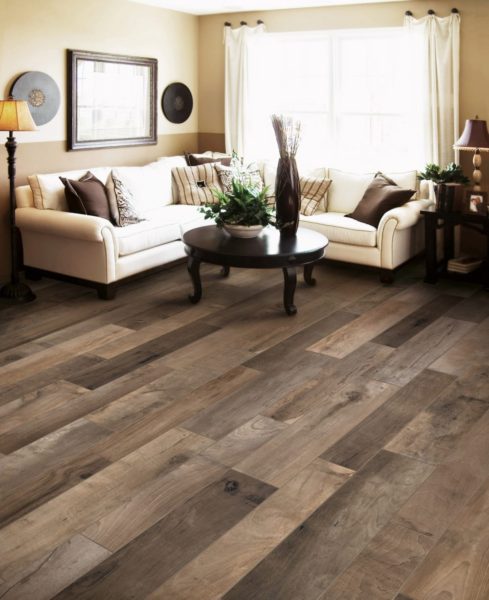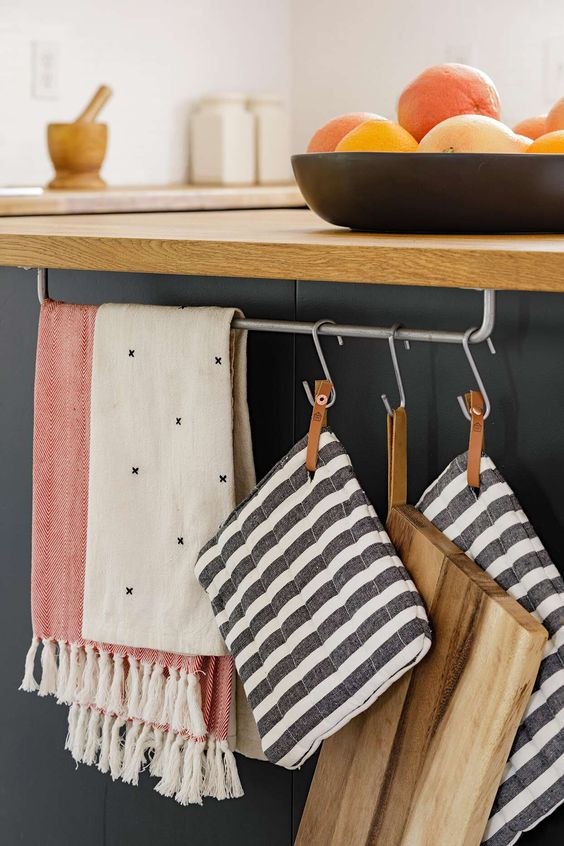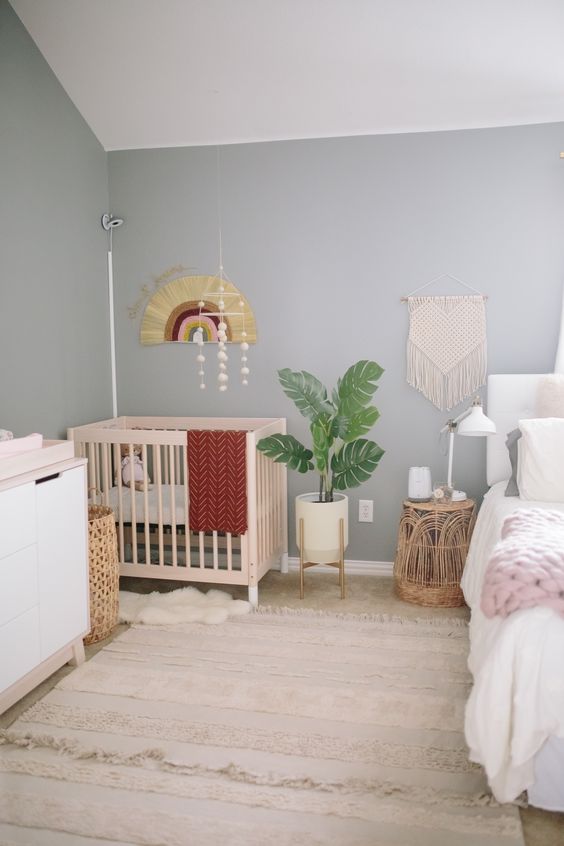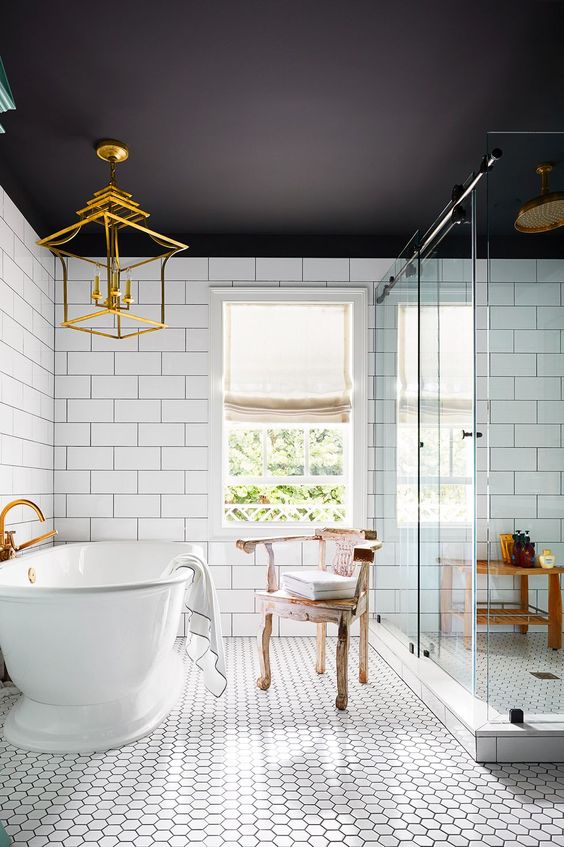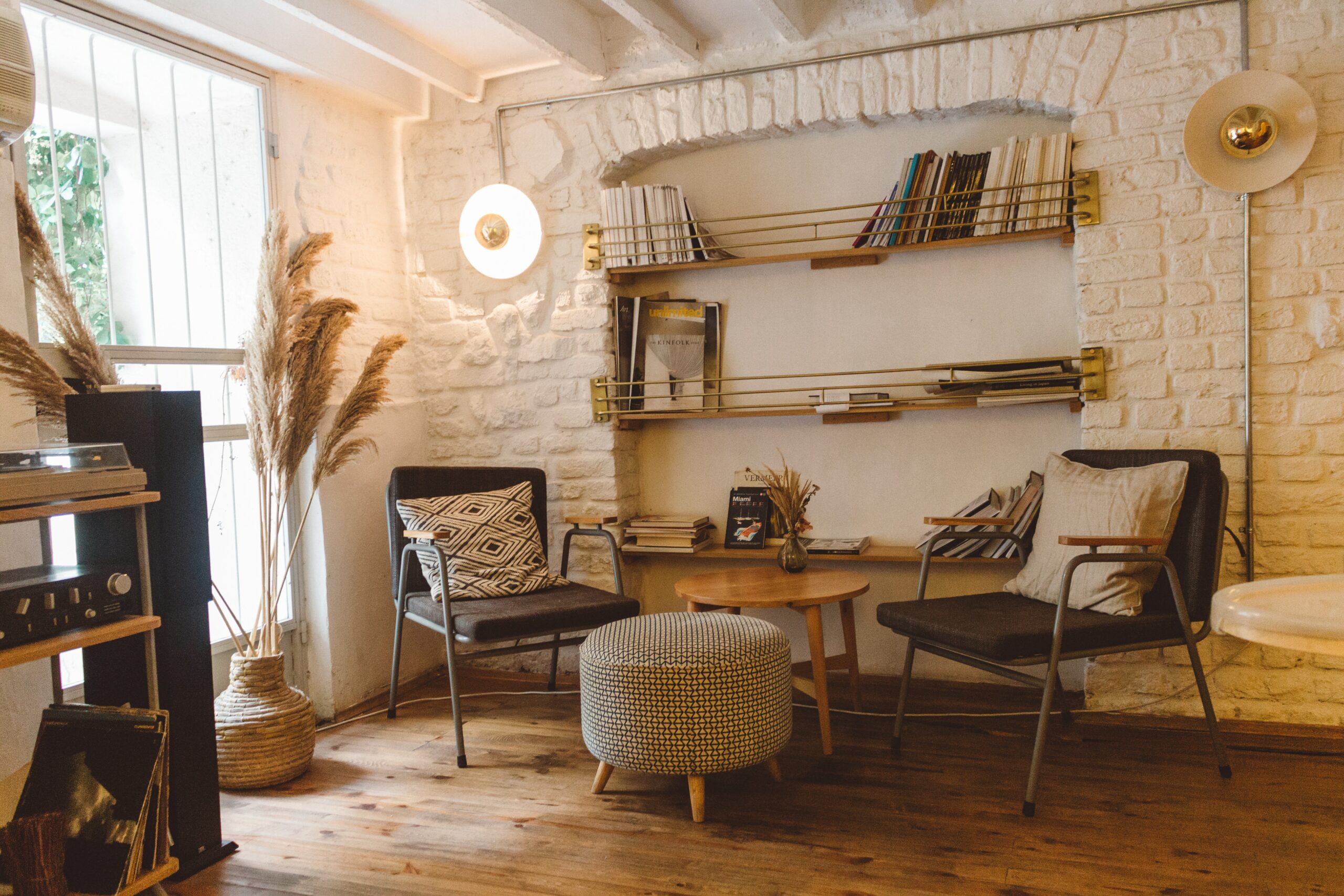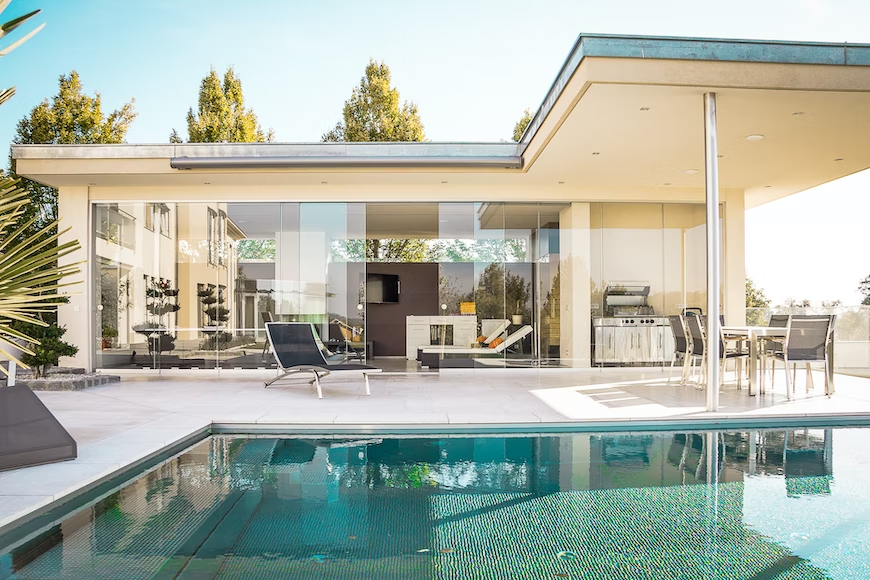A case of optical illusion: wood-effect tiles mimic floorboards and parquet flooring and increasingly approach the colors and grains of the original, both visually and haptically. Let’s take a closer look at the hard-wearing flooring with a naturally warm look.
What are wood-effect tiles?
Whether beech or oak, planks or herringbone parquet, the look of wooden floors and wall coverings can also be created with tiles. Wood-effect tiles are made of porcelain stoneware or ceramics, which are given the color and structure typical of wood using a digital printing technique. They are laid like conventional tiles and can also be used in outdoor areas. Even though sophisticated production technology ensures that wood-look tiles are already very close to the original and also have a number of advantages, imitation materials will always remain a matter of taste. Because “close to the original” is still not “real”.
It remains a choice between the honest original and the imitation, which is usually easier to maintain. But today’s high-quality processed wood-effect tiles now come very close to real wood, at least in terms of the color tone and grain. Like all other tiles, wood-effect tiles must also be grouted. Although the joints are a maximum of two to three millimeters wide, the grout pattern still remains visible. Perhaps the biggest drawback of wood-effect tiles is that they look warm but are cold underfoot. In summer, this may be pleasant, but in winter you want to have it warm under your feet, especially in living rooms. Practical: wood-effect tiles have good heat-conducting properties and can be combined with underfloor heating.
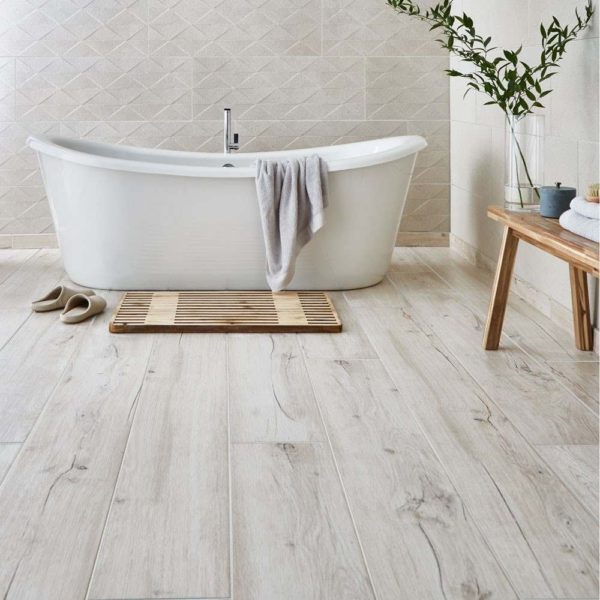
The perfect place for wood-effect tiles
The advantages of wood-look tiles are particularly evident in heavily used rooms such as kitchens, bathrooms, or hallways. Especially if they are made of porcelain stoneware, they are very durable and robust. Their durability, easy-care properties, and abrasion resistance are good reasons for their use in all rooms where things can get rough or damp. For example, if you have pets at home, wood effect tiles are a perfect choice. Especially in open living kitchens, they can do a good job. The advantage of wood-effect tiles is that they can even be used to cover walls. Thus, even in the bathroom, a continuous, uniform wall covering in a warm wood look is possible. These features make tiles in wood look very much in demand. That is why many manufacturers have already included them in their program.
When installing the tiles, above all, it is important to pay attention to a suitable joint color. It should be as close as possible to the wood tone. In addition, the joint should be kept to a minimum, two to three millimeters are ideal. When laying the floor, also take into account the direction in which the grain runs. For an authentic look is also a high-quality processing of the tiles as well as careful installation work very important. Therefore, it is best to contact an expert for tiles in your area.
